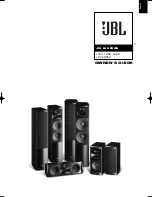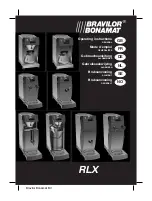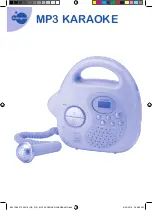
─ 27 ─
(1) Service flowchart
After checking the preliminary check items below, follow the troubleshooting for servicing depending on the fail-
ure mode.
9. Troubleshooting
Work precautions
• When servicing, recreate the malfunction two or three times before starting repairs.
• When servicing, always keep proper footing.
• When servicing, be sure to turn off the circuit breaker. Pay sufficient attention to avoid electric shock or injury.
• Be sure to connect the power supply wires correctly.
• Avoid application of abnormal voltage.
• Before connecting or disconnecting the motor connectors (CN9, CN10), be sure to turn off the circuit breaker
and check that the LEDs on the control circuit board are not lit. Otherwise, the circuit board inside the DC
motor may get damaged.
• When removing the circuit board, always hold it at both ends and remove carefully in order not to apply force to
the surface mounted parts.
• When removing the circuit board, be careful of the metal edges on the board.
• When removing or inserting the connectors for the circuit board, hold the entire housing section. Never pull on
the lead wires.
• When circuit board failure is considered to be a cause, check closely for any broken section on the copper foil
patterns, burning or discoloration of parts.
• After replacing a circuit board, be sure to restore the same controller settings as before the replacement.
• Do not touch the circuit board and fan motor while the LED on the power circuit board is on.
• When the controller or control circuit board is replaced, the information set by the user using the controller will
be lost. It is recommended to keep a record of the settings before replacement so that you can restore them.
(Settings such as the fan speed might have been recorded during installation on the settings sheet included
with the product.)
Service call
Preliminary check items
Details
1. Product information
• Model name of the product, circuit board name
• Serial number of the product, manufacturing lot number of the circuit board
• Microcomputer identification number on circuit board
2. Condition of trouble
• Fault status (e.g., the fan does not operate.)
• Error code display and icon display on the controller
• Operation setting of the controller (ventilation mode setting, fan speed setting,
etc.)
3. Frequency of fault
occurrence
• Frequency of fault occurrence (frequency of time and date of occurrence, regu-
larity of occurrence, etc.)
• Operating time up to fault occurrence
• Date of start of use, date of fault occurrence
4. Timing of fault
occurrence
• Controller operation performed before fault occurrence
• Operating status, etc.
5. System settings
• Interlock operation with an external device
• Function setting using the controller
6. With or without work-
ing drawings
• System configuration (connection of auxiliary fan, etc.)
• Wiring
• Record of the Lossnay function setting statuses
















































